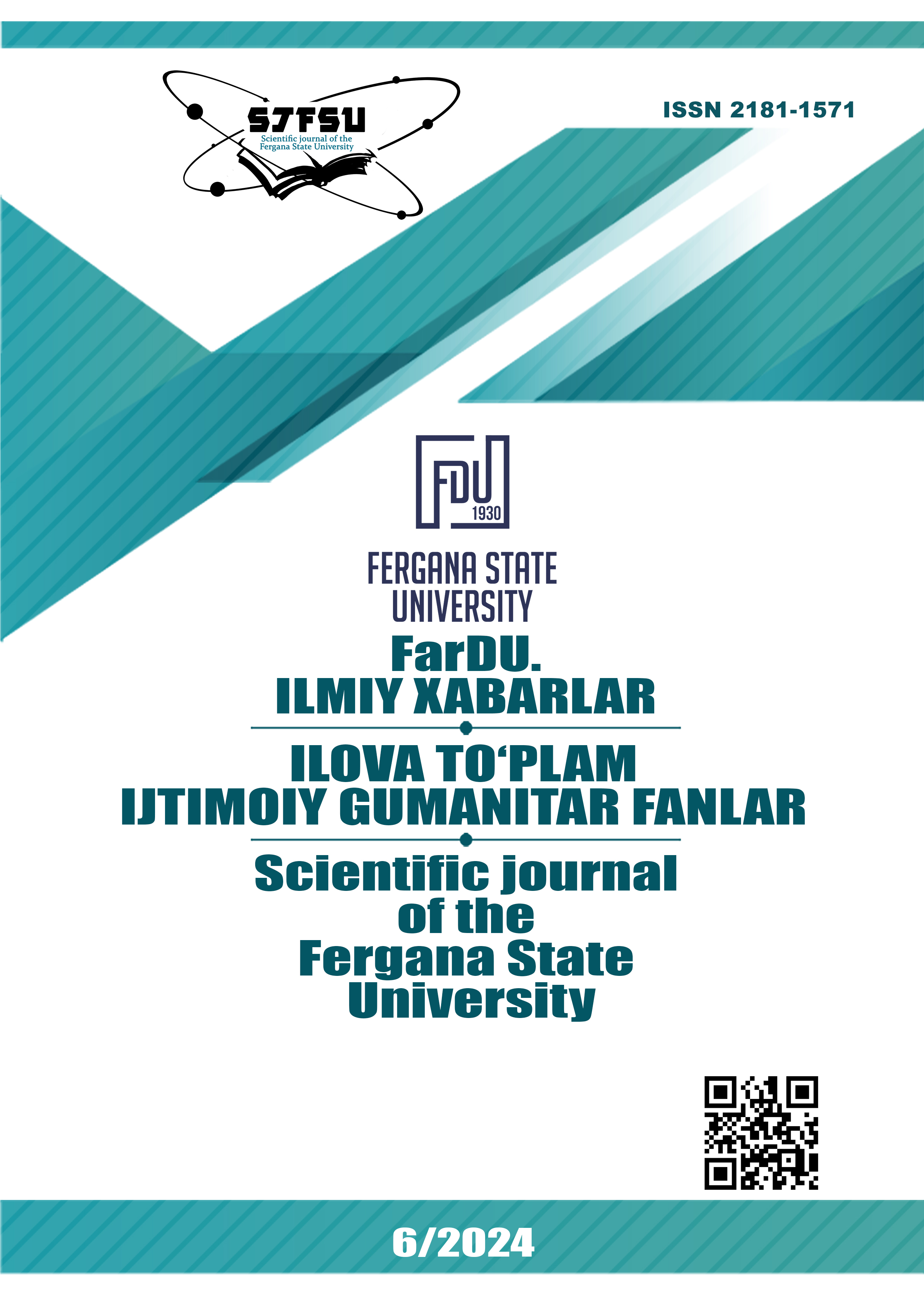THE SOCIO-CULTURAL RELEVANCE OF IMPERATIVE SPEECH ACTS IN LINGUISTICS
Keywords:
Command, speech act, pragmatics, pragmalinguistics, social context factors, stylistic coherence, and social statusAbstract
Theoretical information about pragmalinguistics, a developing field of modern linguistics that covers today's pressing issues, is presented. Examples given within the framework of Uzbek linguistics and English and German languages are also analyzed in detail. The specific features of speech act theory, isomorphic and allamorphic features of the "command" speech act in different systematic languages are considered. This article provides information about the field of pragmalinguistics, one of the important areas of modern linguistics. Pragmalinguistic factors such as social context factors, stylistic coherence and social status that make the "command" speech act possible in different systematic languages English, Uzbek and German are studied. Many factors underlying the field of the command speech act are considered through examples analyzed from fiction. At the same time, gender, age and many other components are thoroughly studied and concluded through examples.
References
Celce-Mucia M. Rethinking the role of communicative competence in language . In: E.S. Alcon and M.P. Safant (Eds.). Intercultural Language Use and Language Learning. – Springer, 2007. – P. 41-47 .
Ishihara N., Cohen A. Teaching and Learning Pragmatics: Where Language and Culture Meet. – London: Pearson, 2010. – 370 p.
Celce-Murcia M., Olshtain E. Discourse And Context In Language Teaching. – Cambridge: Cambridge University Press, 200. – 21 p.
Ҳaкимoв М., Гaзиевa М. Прaгмaлингвистикa aсoслaри. Дaрслик. – Фaрғoнa: Classic, 2020. – 420 б.
Serle J. Speech Acts: An Essay in the Philosophy of Language. – Cambridge: Cambridge University Press, 1969. – 320 p.
Stilwell J. Pragmatics. – New York: Routledge, 1999. – 348 p.
Downloads
Published
Issue
Section
License
Copyright (c) 2025 Scientific journal of the Fergana State University

This work is licensed under a Creative Commons Attribution-NonCommercial-NoDerivatives 4.0 International License.
How to Cite
Most read articles by the same author(s)
- , LINGUOPRAGMATIC CHARACTERISTICS OF THE IMPERATIVE SPEECH ACT , Scientific journal of the Fergana State University: No. 3 (2023): Scientific journal of the Fergana State University (Social humanities sciences)
- , , , , , DEVELОPMENT ОF LIVESTОCK INDUSTRY BASED ОN INNОVATIVE TECHNОLОGIES , Scientific journal of the Fergana State University: No. 3 (2024): FarDU.Ilmiy xabarlar jurnali. Ilova to'plam (Aniq va tabiiy fanlar)

